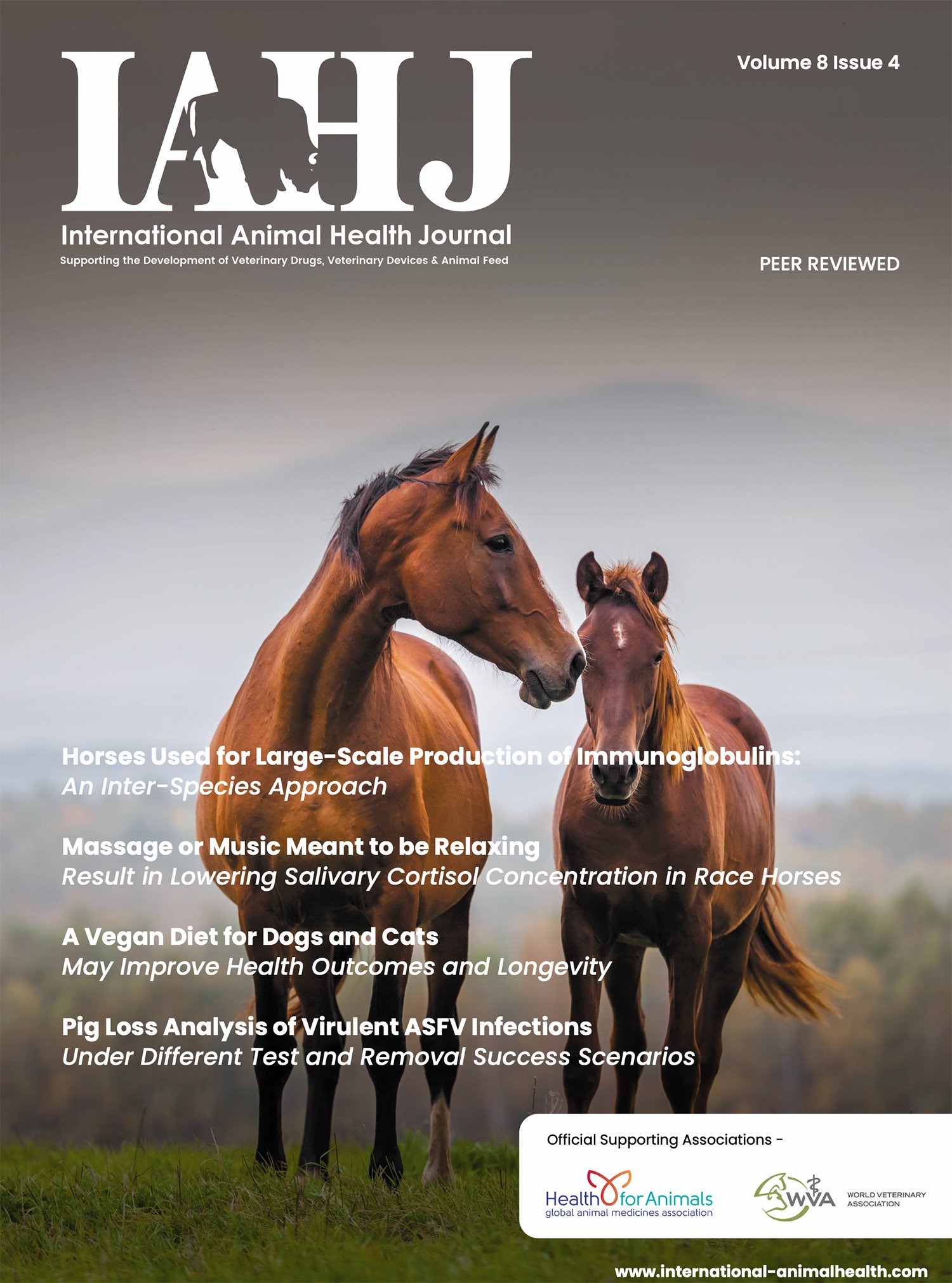Purrfect Harmony: The Science Behind Pet Acoustics Feline Music
Introduction
For pet owners, the well-being of their furry companions is a top priority. We pamper them with the best food, ensure they have a cozy bed, and shower them with love. However, there's another element that can significantly impact our pets' lives, and it's not what you might expect: music. Specifically, pet acoustics feline science-based music, which has been biometrically proven to offer numerous benefits to our feline friends. In this blog, we'll delve into the fascinating world of feline music, exploring the science behind it and the positive effects it can have on our beloved cats.
Understanding Feline Music
Pet acoustics feline music is a specialized genre of music designed to cater to the unique auditory and emotional needs of cats. Composed and curated with the help of scientific research, this genre takes into account the natural behaviors and preferences of felines, creating a soundscape that resonates with their instincts and senses.
The Science Behind It
Frequency and Pitch: Cats are known for their sensitive hearing, which spans a wide range of frequencies. Feline music is carefully composed to incorporate frequencies and pitches that cats can hear and appreciate. It often includes sounds reminiscent of birds chirping, purring, or other natural noises that pique a cat's interest.
Biometric Research: The effectiveness of feline music isn't just a claim; it's been scientifically proven through biometric research. Studies have shown that cats respond positively to music designed specifically for them. This music has been found to reduce stress and anxiety in cats, making it a valuable tool for improving their overall well-being.
Benefits of Feline Music
Stress Reduction: Just like humans, cats can experience stress, which can manifest in various ways, from hiding to excessive grooming. Feline music can help lower stress levels by providing soothing, calming sounds that mimic nature, helping cats feel more relaxed and at ease.
Enhanced Sleep: Cats are known for their love of napping, and feline music can contribute to more restful sleep. The gentle, soothing tunes can create a peaceful environment, helping cats fall asleep faster and enjoy a more restorative slumber.
Enrichment: Feline music can serve as a form of environmental enrichment for indoor cats. By providing them with engaging and stimulating sounds, it can prevent boredom and promote mental and emotional well-being.
Easing Separation Anxiety: Cats can experience separation anxiety when their owners are away. Feline music can provide a comforting and reassuring presence, helping to alleviate feelings of loneliness and anxiety in their absence.
Improved Behavior: By reducing stress and anxiety, feline music can contribute to improved behavior in cats. It can be particularly helpful in multi-cat households, where conflicts or tension might arise.
Conclusion
Pet Acoustics feline science-based music, with its scientific foundation and proven benefits, is a valuable addition to the toolkit of cat owners seeking to enhance the well-being of their pets. Whether it's to reduce stress, improve sleep, provide enrichment, or ease separation anxiety, this unique genre of music offers a soothing and harmonious experience for our feline companions.
So, if you're a cat owner looking to provide your four-legged friend with a more tranquil and content life, consider incorporating feline music into their daily routine. Your cat might not be able to express their appreciation in words, but their relaxed demeanor and improved well-being will speak volumes.
















































